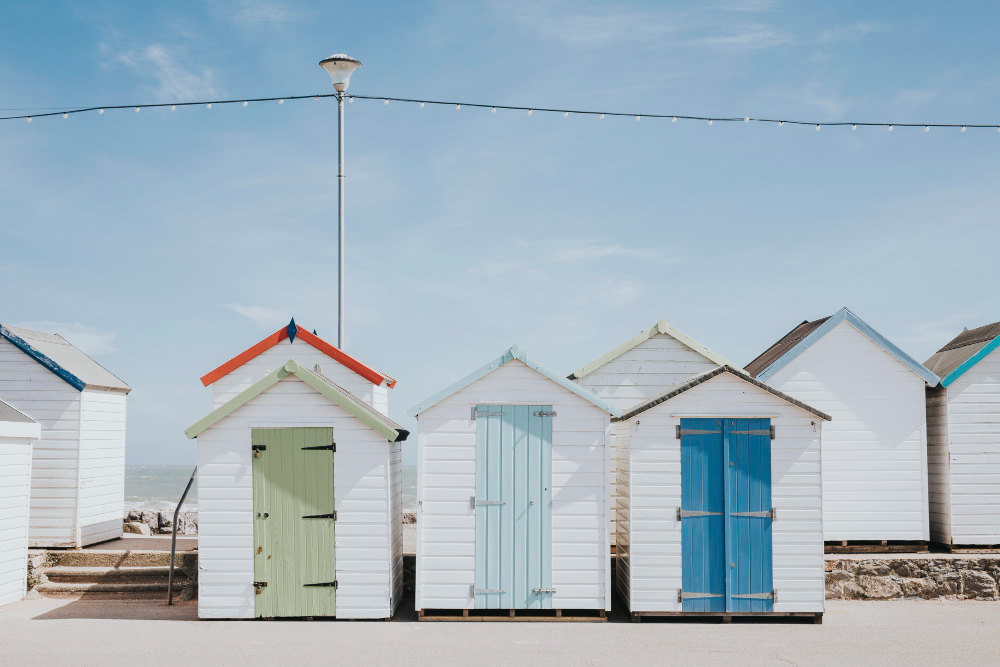Portable toilets, also known as portaloos, are convenient sanitation solutions for events, construction sites, and outdoor activities. These units provide a way for people to relieve themselves when traditional restroom facilities are not readily available. One question that often arises is whether portable toilets have urinals. In this article, we will explore the presence of urinals in portable toilets, the factors that determine their inclusion, and the history behind their use. Let’s dive in.
Portable toilets, also known as portaloos, are convenient sanitation solutions for events, construction sites, and outdoor activities. These units provide a way for people to relieve themselves when traditional restroom facilities are not readily available. One question that often arises is whether portable toilets have urinals. In this article, we will explore the presence of urinals in portable toilets, the factors that determine their inclusion, and the history behind their use. Let’s dive in.
A Brief History of Urinals
The concept of urinals dates back centuries, with early examples found in different parts of the world. The first urinal patent was granted in 1866, but even before that, civilisations had devised various methods for men to urinate in a standing position.
Ancient civilisations like the Romans and the Sri Lankans had open-air urinals where individuals would stand apart and aim for a hole. These urinals were often situated over cesspits or connected to drainage systems.
The Presence of Urinals in Portable Toilets
Are all portable toilets equipped with urinals? The answer here is no. However, can portable toilets have urinals? Yes, they can. And there are multiple modern designs equipped with even more complex facilities. Yet, the presence of urinals in portable toilets depends on several factors, including the size and design of the unit, its intended purpose and location, and the budget and prerogative of the Portaloo provider.
Factors Influencing Urinal Availability in Portaloos
-
Size and Design:
Some portable toilets are more spacious and can accommodate both a toilet seat and a urinal. These larger units can often be found at events with a high volume of attendees. The urinal is typically situated either as a separate compartment or integrated into the design of the toilet bowl or the wall.
On the other hand, portable toilets designed for general-purpose usage might do without the allure of urinals. These lightweight units are gender-neutral, catering seamlessly to men and women.
Smaller and more compact portable toilets may not have enough space to include a urinal. These units are often designed to be more lightweight and easily transportable but may only have room for a toilet seat and bowl.
-
Purpose and Location:
Portable toilets, flexible in their functionality, cater to diverse needs – from adorning elegant wedding ceremonies to serving the laborious workers on towering construction sites.
Events with large crowds and many male attendees frequently utilise portable toilets equipped with urinals. Such provisions cater to the male attendees, allowing them to stand tall while watering the proverbial plants. Moreover, the presence of urinals effectively mitigates congestion, a solution for the perpetual problem of long lines at gatherings.
In contrast, portable toilets designed for general-purpose use may not have urinals. These units are often more versatile and can be used in various settings, such as parks, campsites, or remote sites. These portable toilets aim to cater to a wider range of users, and the absence of urinals makes them suitable for both men and women.
-
Provider Preferences and Budget:
Economic considerations, maintenance logistics, and customer demand combine to shape the design of urinals in portaloos. Installing urinals can reduce the amount of water users consume, as they do not require flushing like toilet seats. Also, urinals can help separate liquid and solid waste, making waste management more efficient.
However, not all Portaloo providers may prioritise or have the resources to include urinals in their units. Factors such as cost, maintenance, and customer demand can influence the decision-making process.
Are you organising an event or undertaking a remote project in London? BlueBox Hire is a portaloo hire London, Surrey, and Kent event planners and project managers trust to provide industry-leading sanitation services.
Conclusion
Portable toilets have come a long way since their inception, and the presence of urinals is just one aspect of their design and functionality. Larger units at events or construction sites often include urinals to cater to the needs and preferences of male users. However, smaller and more versatile units designed for general-purpose use may not have urinals to accommodate a wider range of users.

